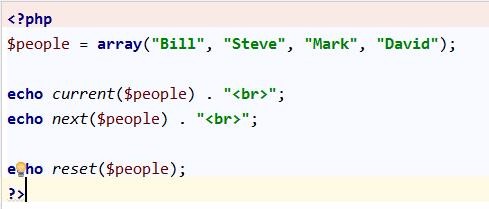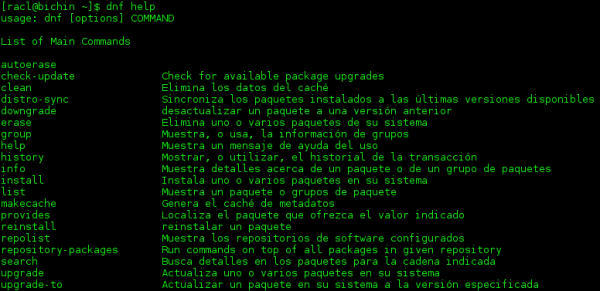Home >Backend Development >PHP Tutorial >10 recommended articles about php next() function
The user has multiple business cards and needs to switch left and right to view them. Switching down is the menu button. Here we need to slide in two places. We use the sliding component swiper provided by WeChat and use it in a nested manner. The first layer is the up and down sliding of the business card display and the menu button. The second layer is the left and right sliding of the business card display (supports mutual embedding. It can be used as a set, so you can use it with confidence). Vertical Adding it means sliding vertically, removing it means sliding left and right. The overall structure is as follows: The click event is bound to the data switching method because it needs to support multiple click switching. The initialization data is nextSlide: look at the nextSlide event again. currentSlide is the index of the current page. Changing it can complete the switching effect. You can see in the figure above that cs is set to 0 when initializing the data. Therefore, just assign the current data.cs+1, and then switch the bound click event clickNext to nextSlideAgain. Let’s look at the nextSlideAgain event again, which subtracts 1 index to achieve the switching effect of multiple clicks. The specific effects can be seen. Click on the personal business card to enter
1. Summary page detailed example introduction

##Introduction: The user has multiple business cards and needs to switch left and right to view them. Switching down is the menu button. Here we need to slide in two places. We use the sliding component swiper provided by WeChat and use it in a nested manner. The first layer is the up and down sliding of the business card display and the menu button. The second layer is the left and right sliding of the business card display (supports mutual embedding. It can be used as a set, so you can use it with confidence). Vertical Adding it means sliding vertically, removing it means sliding left and right. The overall structure is as follows: The click event is bound to the data switching method because it needs to support multiple click switching. The initialization data is nextSli...
2. Detailed explanation about business card boxes and business card holders

Introduction: The user has multiple business cards and needs to switch left and right to view them. Switching down is the menu button. Here we need to slide in two places. We use the sliding component swiper provided by WeChat and use it in a nested manner. The first layer is the up and down sliding of the business card display and the menu button. The second layer is the left and right sliding of the business card display (supports mutual embedding. It can be used as a set, so you can use it with confidence). Vertical Adding it means sliding vertically, removing it means sliding left and right. The overall structure is as follows: The click event is bound to the data switching method because it needs to support multiple click switching. The initialization data is nextSli...
3. Detailed introduction to Android source code

Introduction: This article is a detailed analysis and introduction to the method of obtaining Android source code under Windows. Friends who need it can refer to the preface: omitted! There are countless reasons for obtaining source code~~~ 1. Install the GIT tool. GIT is a distributed version control software created by Linus Torvalds to manage Linux kernel development. Download address: code.google.com/p/msysgit/ Continue the installation to the end. 2. Create a new folder under a disk with a larger disk space to store the source code. I...
4. php Detailed explanation of usage examples of array operation functions current, next and reset functions

Introduction: The current() function in PHP returns the current element (unit, which is the first element of the array) in the array. The next() function points the internal pointer to the array. The next element in the array and outputs the value of the element. The reset() function points the internal pointer to the first element in the array and outputs the value of the element. This article mainly introduces current, next and reset in PHP. Function usage, in the form of examples, details the specific usage of the functions current, next and reset for array operations in PHP. It has certain reference value for in-depth understanding of the usage of arrays. I hope it will be helpful to everyone's understanding of arrays
5. WeChat development: accesstoken tutorial to obtain user fan list

Introduction: Get the next 10,000 items through next_openid. Generally, you need to do this when there are more than 10,000 fans. When the number of fans is small, you do not need to call the URL interface.
6. ASP's two functions for generating random passwords

Introduction: ASP's two functions for generating random passwords: Function 1<%function makePassword(byVal maxLen)Dim strNewPassDim whatsNext, upper, lower, intCounterRandomizeFor intCounter = 1 To maxLenwhatsNext = Int((1 - 0 + 1) * Rnd + 0)If whatsNext = 0 Then'characterupper = 90lower = 65Elseupper = 5
##7. Detailed graphic tutorial on how to install Nextcloud using Nginx and PHP7-FPM in CentOS7

Introduction: This article mainly introduces in detail how to use Nginx and PHP7-FPM to install Nextcloud in CentOS7. Nextcloud will be run through Nginx and PHP7-FPM. , while using MariaDB as the database system.
8. MySQL Database Optimization (1)—MySQL Engine

9.
python iterator and itertools module

10 multiple times.

[Related Q&A recommendations]:
innodb - How to implement the mysql thread-safe nextval() method javascript - Is there any in Vue The hook function after the event ends. javascript - Different browser situations refer to different avalon filesjavascript - vue is used in computed The $nextTick method cannot dynamically update dom
##node.js - vue-resource, how to change the response format?
The above is the detailed content of 10 recommended articles about php next() function. For more information, please follow other related articles on the PHP Chinese website!